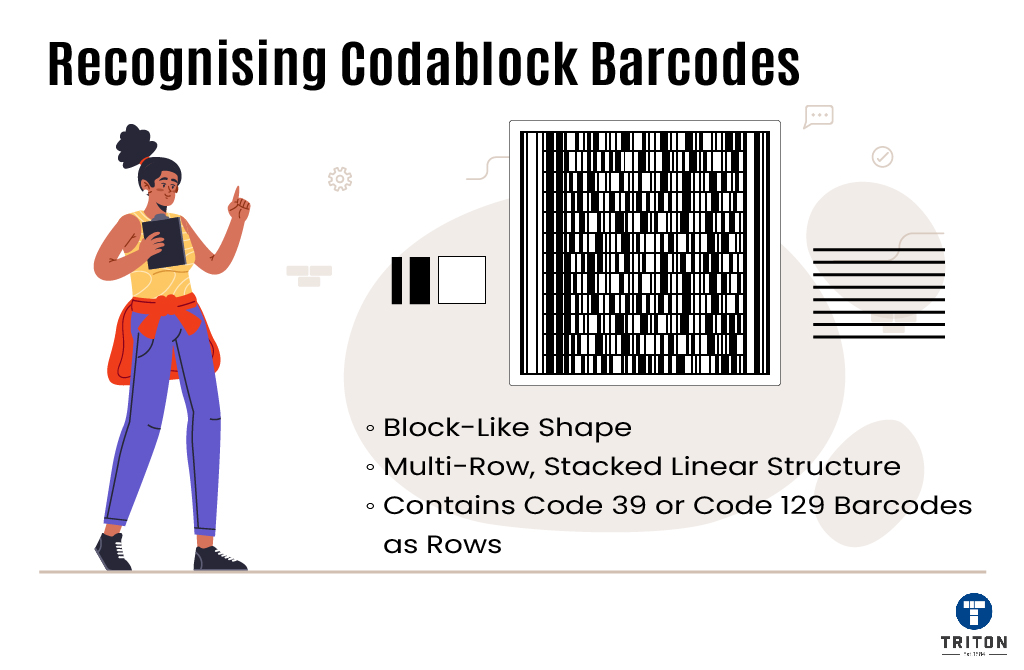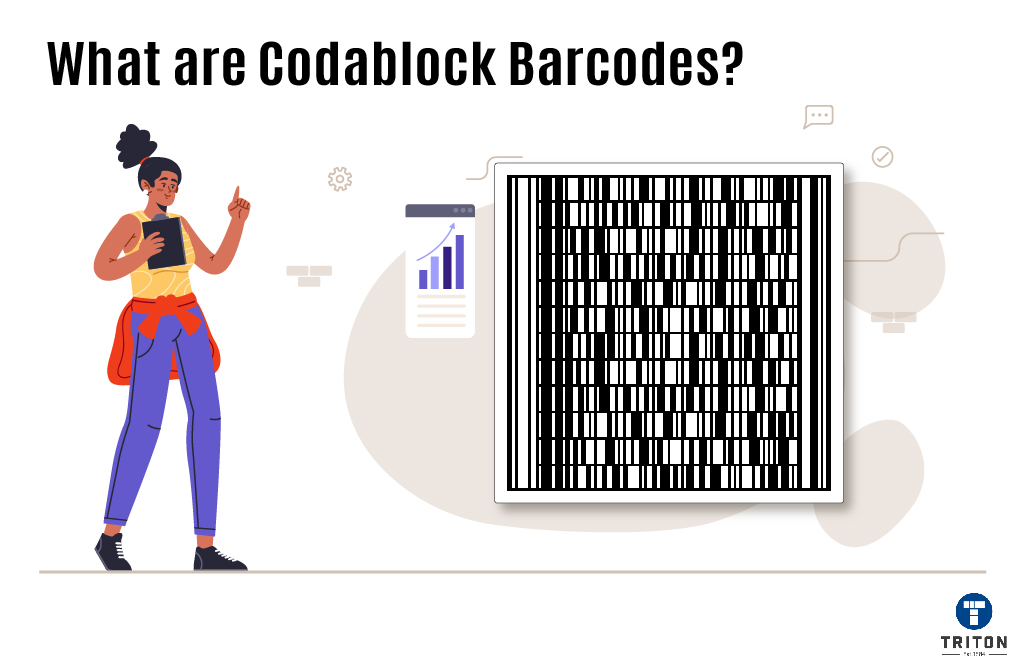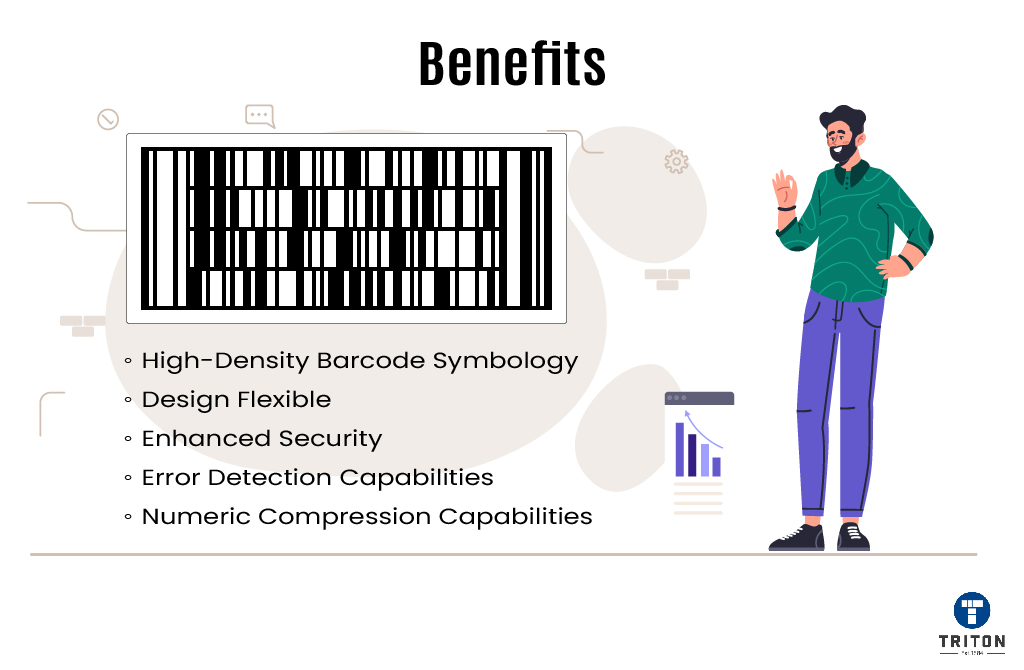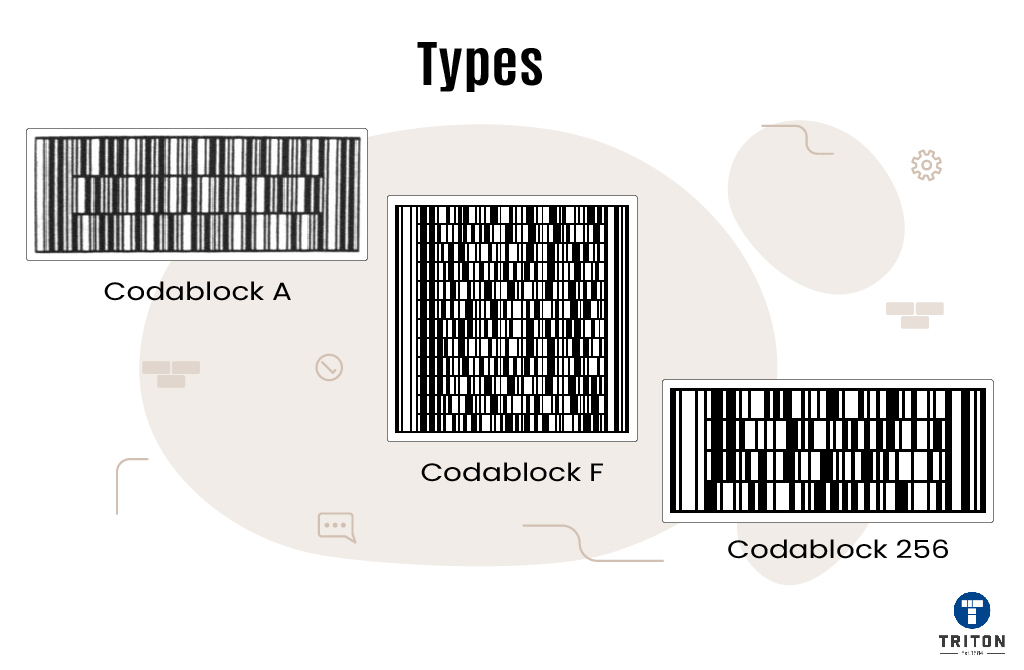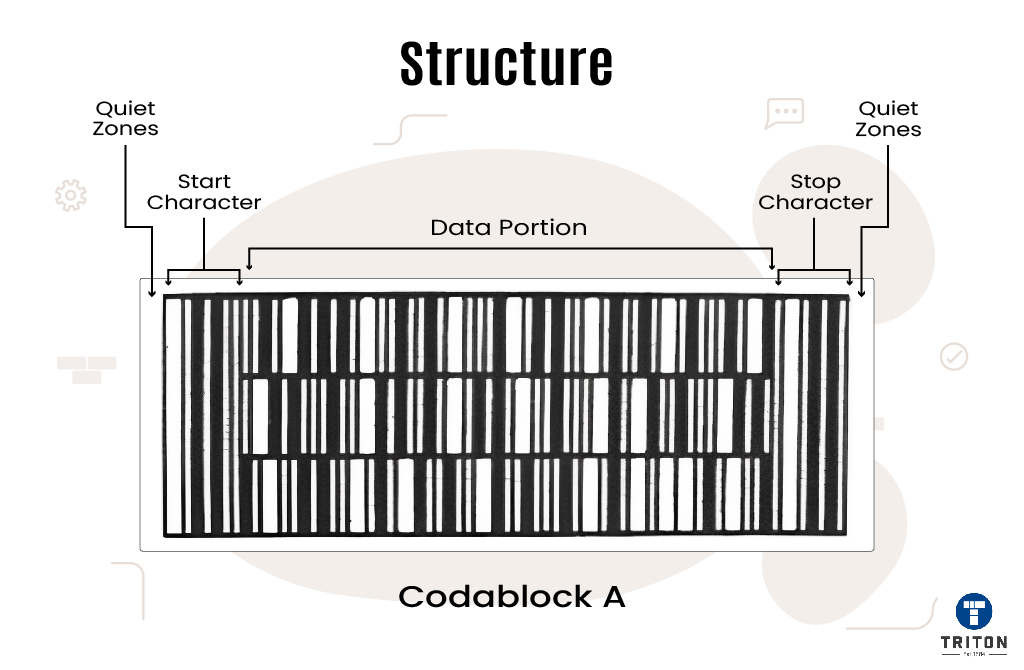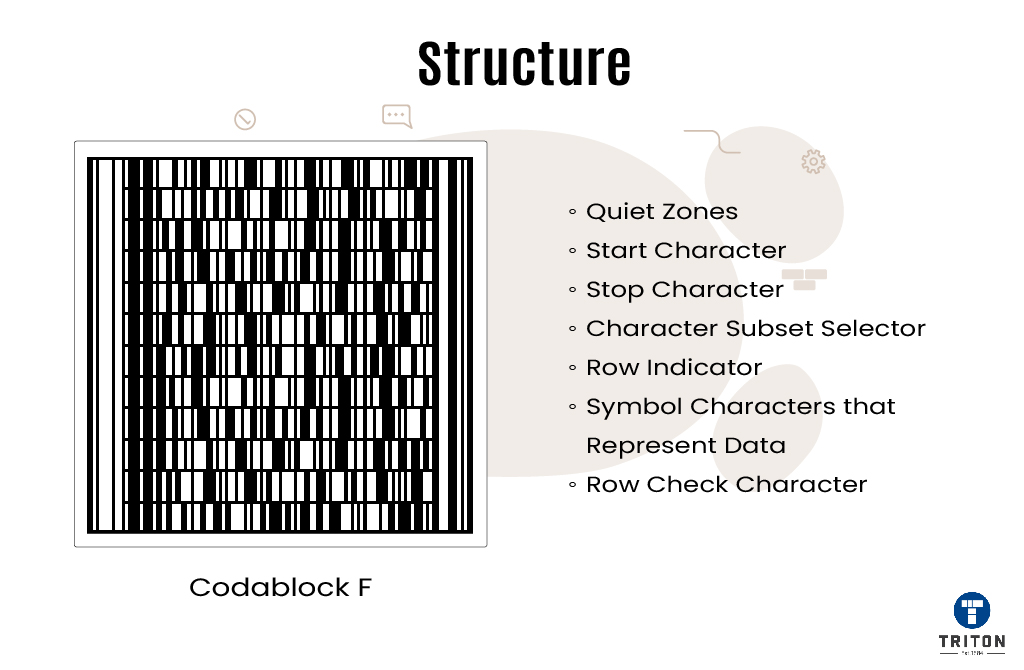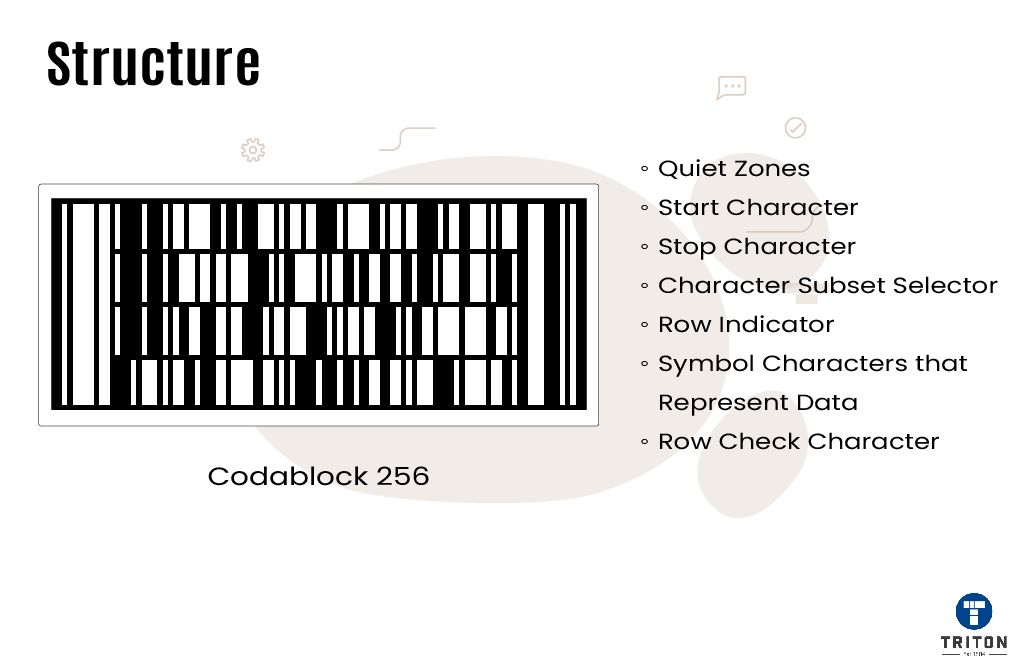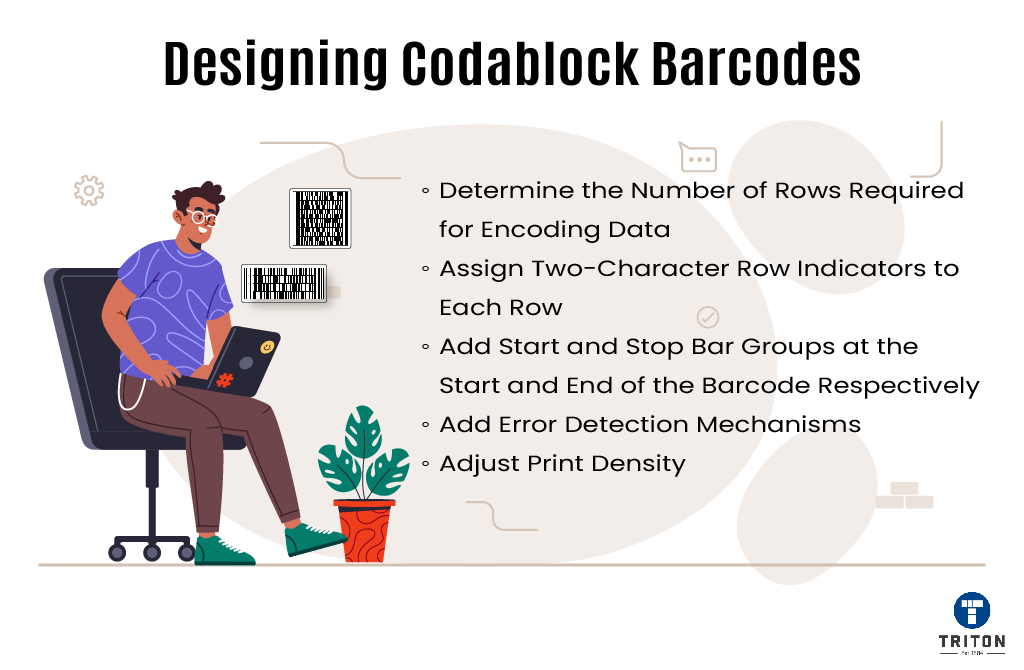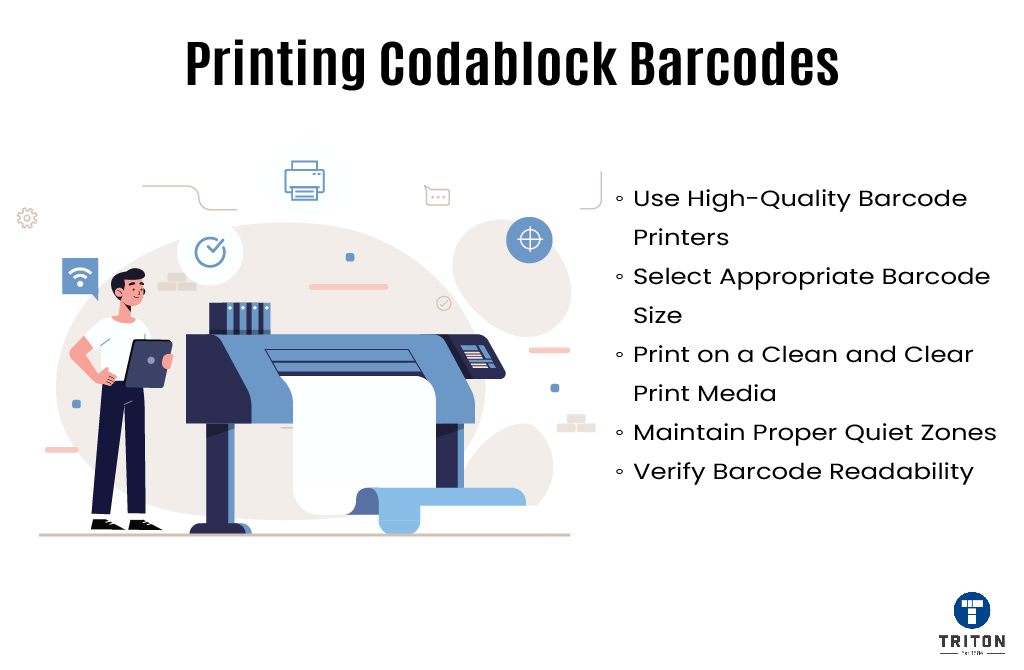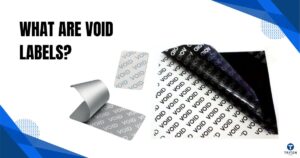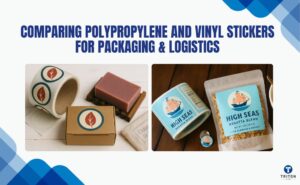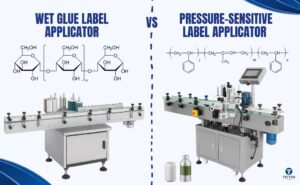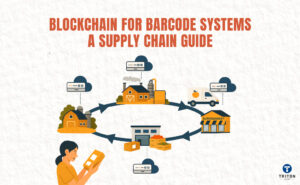The Codablock barcodes are available for public use without requiring a license or permission. Anyone can generate them using free online tools like Codablock Code Generator or specialised software like Seagull Scientific’s BarTender Software.
Here’s a step-by-step process on how to generate different types of Codablock barcodes.
- Determine the type of Codablock barcode you want to generate. There are different variants, such as Codablock A, Codablock F, and Codablock 256.
- Research and select a reliable barcode generator or online tool that supports Codablock barcodes. Ensure that the chosen tool supports the specific variant of the Codablock barcode you want to create.
- Launch the barcode generator tool and enter the desired data or information that you want to encode into the Codablock barcode.
- Customise the appearance and settings of the barcode. Adjust the size, density, and other parameters according to your requirements.
- Generate the barcode by clicking the “Generate” or “Create” button within the barcode generator tool.
- Verify the generated image of the Codablock barcode to ensure it accurately represents the encoded data.
- Use the generated barcode image in your desired applications or print it on labels, packaging, or other materials as needed.
Remember to test the readability of the printed or displayed Codablock barcode using a barcode scanner or a barcode scanning app to ensure its functionality.
At Triton, we offer a range of reliable barcode scanners from top brands such as Zebra and Honeywell. Our inventory stocks different barcode scanner models, including general scanners, rugged scanners, USB scanners, 2D scanners, wireless scanners, Bluetooth scanners and fixed scanners and sensors.
When it comes to Codablock code generation, there are many options available online. Switching to free barcode generators is tempting to save money, but it’s important to note that these free tools have limitations. These limitations include limited customisation options, no security features, and limited technical support.
As a result, investing in a reliable barcode generator or specialised software like BarTender can help you generate Codablock barcodes quickly and accurately.
Seagull Scientific’s BarTender Software helps users create attractive labels with impressive graphics and text and simplifies the entire labelling process by enabling automation and management. The software can even include RFID tags, making it a revolutionary tool in label design, management and printing software.
At Triton, we provide various BarTender Software editions that cater to various business requirements. We offer Starter Edition, Professional Edition, Automation Edition, and Enterprise Edition, along with BarTender Cloud. Rest assured that you can enjoy the best prices for these top-quality software products and transform your label printing experience with us.
To learn more about Seagull Scientific BarTender Software, contact us via the live chat widget below or fill out a form here.
